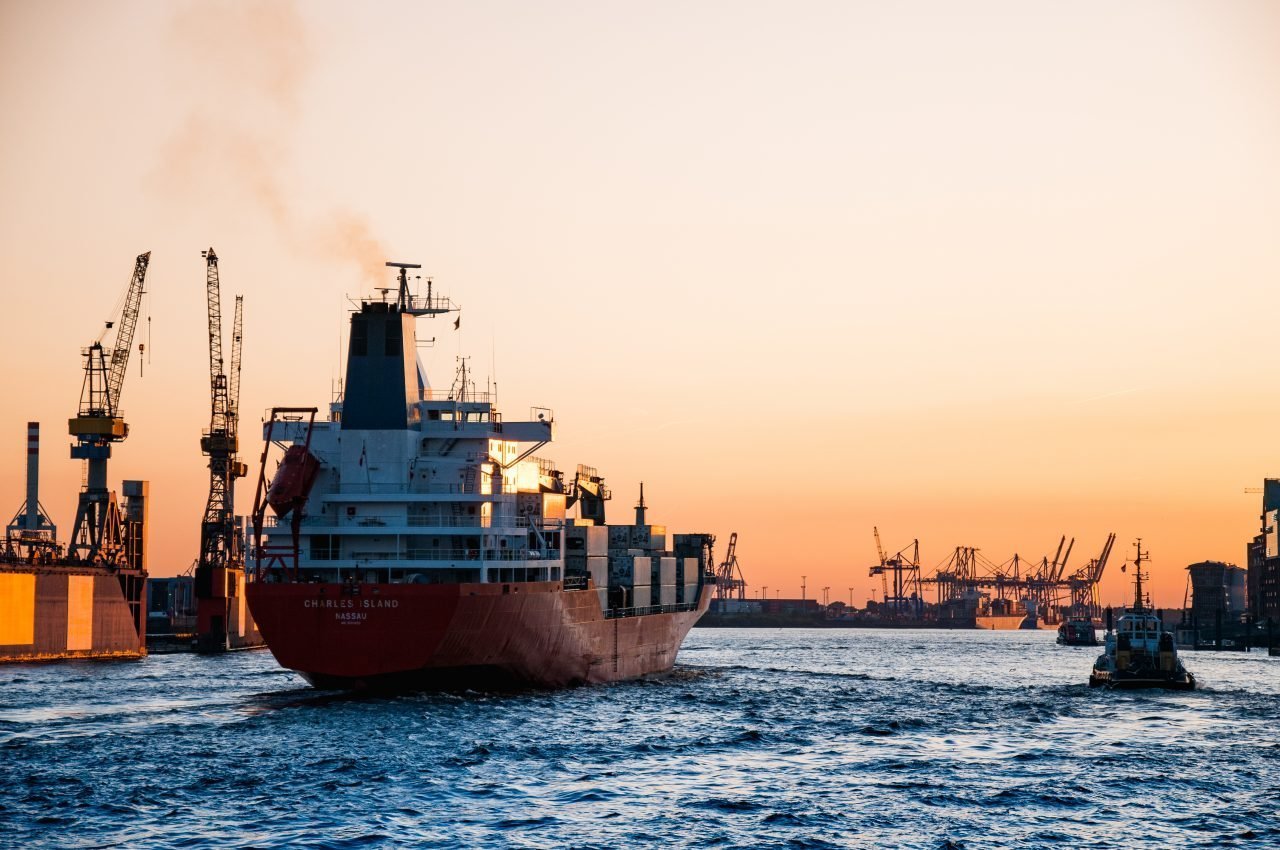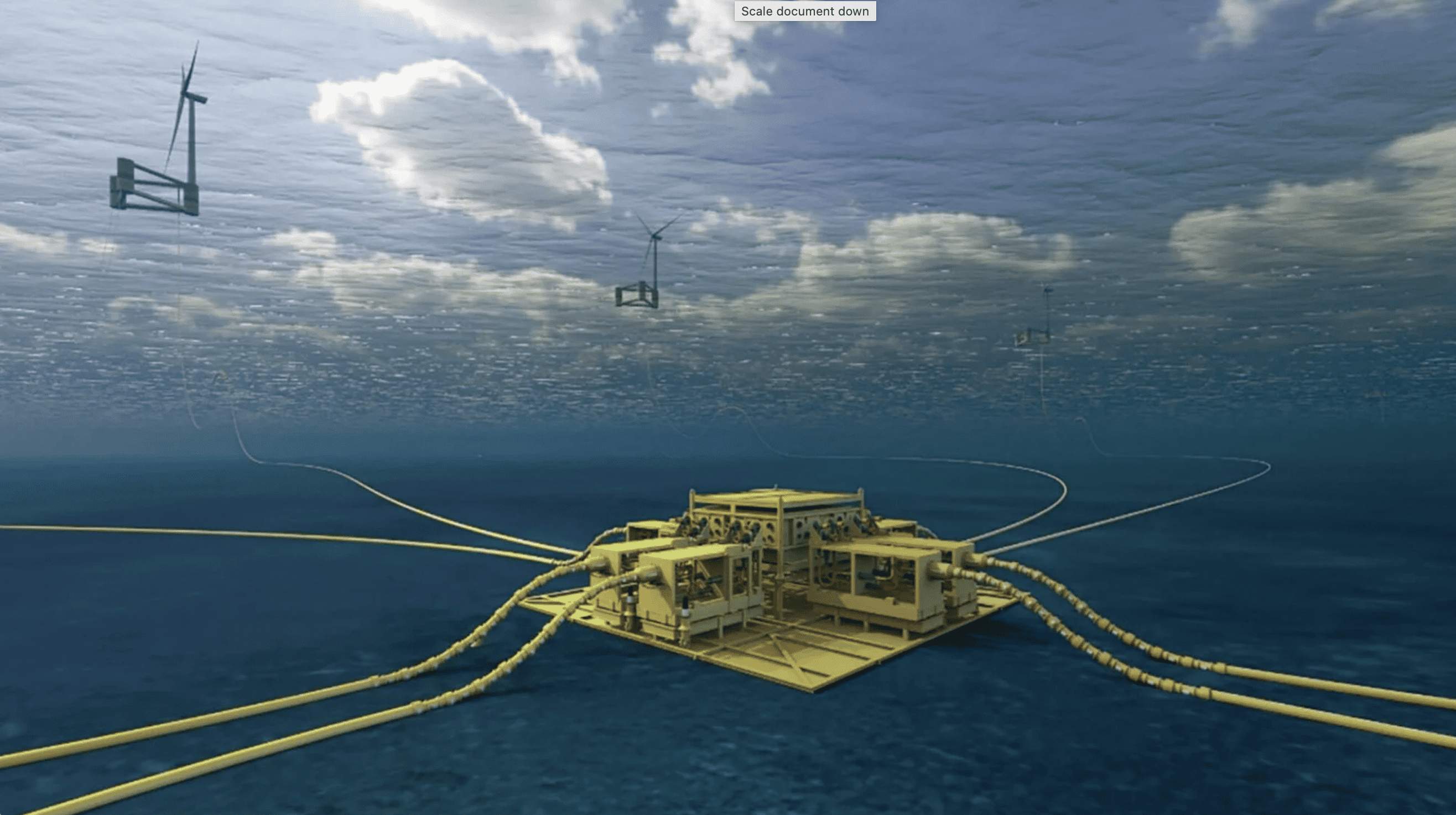
Cargo ships will soon be able to run completely on green energy by using ammonia instead of heavy fuel oil. All it takes is a few adjustments to the engine. Scientist Andrea Gruber of the Norwegian SINTEF research center has used the supercomputer “Betzy” to demonstrate that ammonia can help shipping become climate-friendly.
Gruber was only able to run the complex calculations required for the simulation model establishing ammonia as a fuel thanks to the ‘Betzy’ supercomputer. With an ordinary laptop, the calculations would have taken 1168 years. ‘Betzy’ finished the job in ten days.
Currently, 90 percent of all container ships are powered by heavy fuel oil (HFO). On a long voyage, a large ship can emit about 5,700 metric tons of CO2. The combustion of heavy fuel oil also emits large amounts of pollutants, such as nitrogen oxides (NOx) and sulfur (SOx), as well as soot particles and other chemicals that are harmful to human beings, animals and the environment.
Cargo Ships
Ammonia has a number of advantages over hydrogen, another alternative fuel. It remains liquid at room temperature and at a moderate level of pressure, for example in standard gas cylinders. One cubic meter of liquid ammonia provides about fifty percent more energy than the same volume of liquid hydrogen. In addition, good production facilities and distribution networks already exist for ammonia. As such, it is relatively easy to introduce it as a fuel around the world.
The main disadvantage of ammonia is that people can find even minor leaks annoying because of the unpleasant and pungent smell and the irritating effect on our mucous membranes. Moreover, like many other chemicals, exposure to high concentrations of ammonia for extended periods of time is deadly.
Professional crew
For these reasons, researchers believe that ammonia is best suited for use on cargo ships or other passengerless vessels operated by professional crews. The expertise is already available owing to a large fleet of refrigerated ships already in existence that use ammonia to refrigerate perishable foodstuffs, or tankers that carry ammonia as their main cargo.
Given that ammonia is already widely used in agriculture, it is also envisaged that some agricultural machinery and equipment could be powered by ammonia in the relatively near future, in view of the intended use of it in outdoor and undeveloped areas.
Decomposition
As pure ammonia does not burn well, the researchers figured out a way to partially decompose the ammonia. This is possible at a temperature of approximately 400 degrees Celcius. Ammonia is made up of one nitrogen atom and three hydrogen atoms. The partial decomposition produces a fuel consisting of ammonia, nitrogen and hydrogen.
The hydrogen helps initiate the combustion process and speeds it up so that the available fuel is fully utilized (i.e., combustion efficiency). “The fact that the working medium in the combustion process is air is what makes scaling up the process relatively easy and inexpensive, and adaptable for even the largest cargo ships,” Gruber notes.
Also interesting: Operation Clean Ship: Sustainable sails the longest





